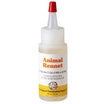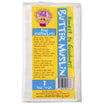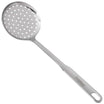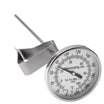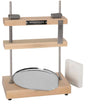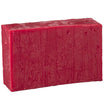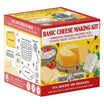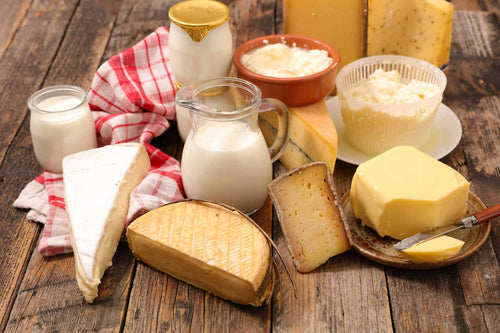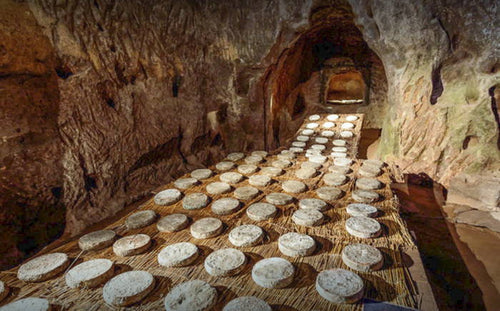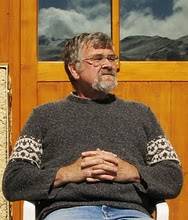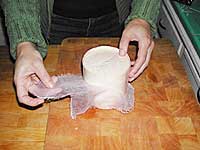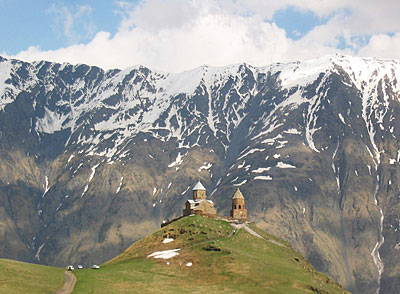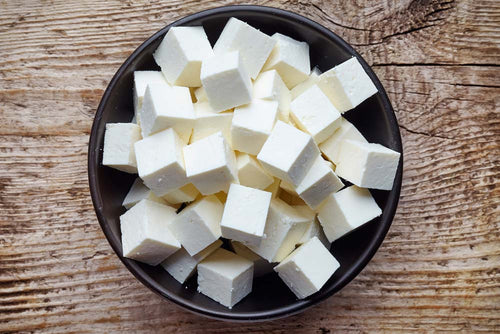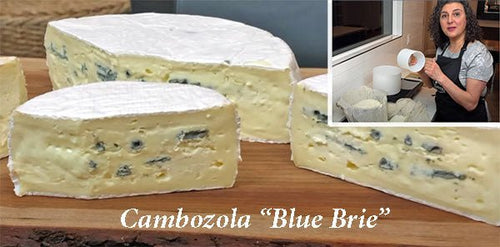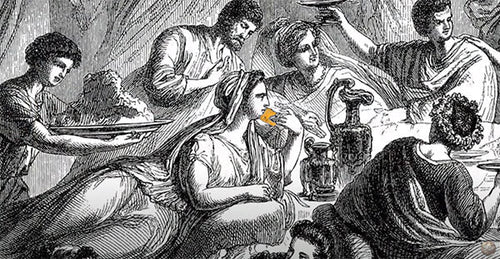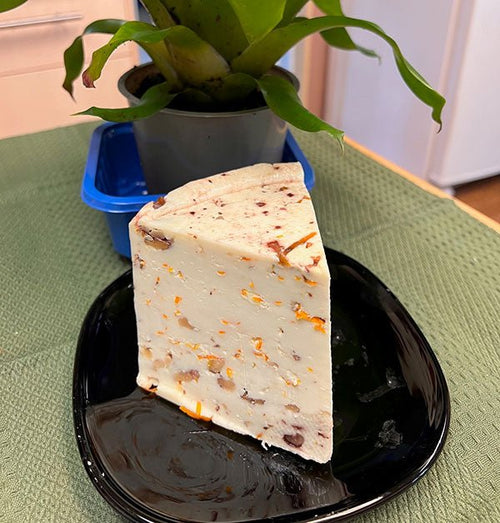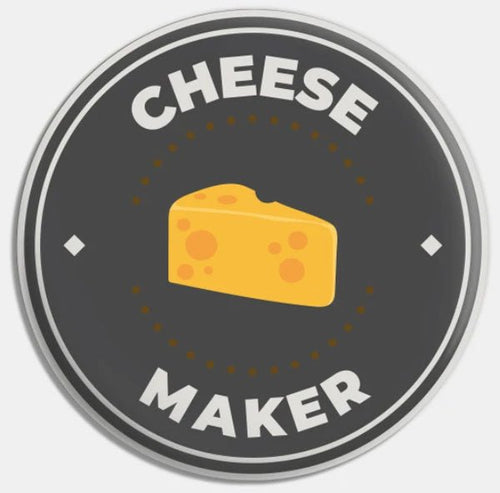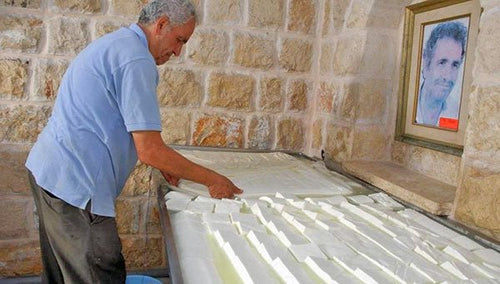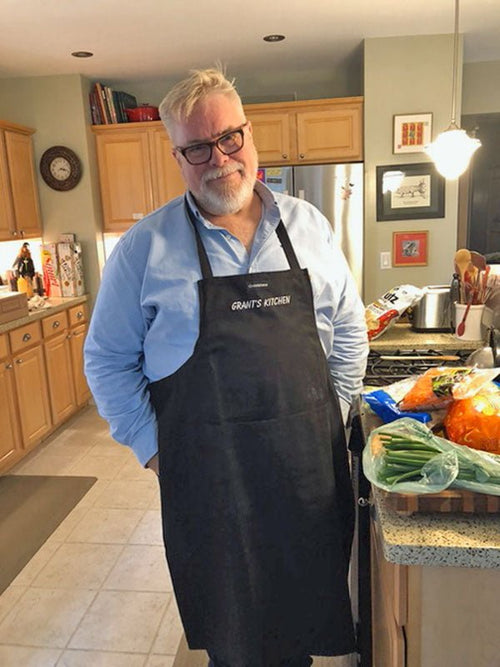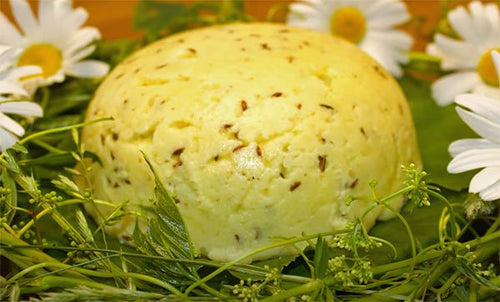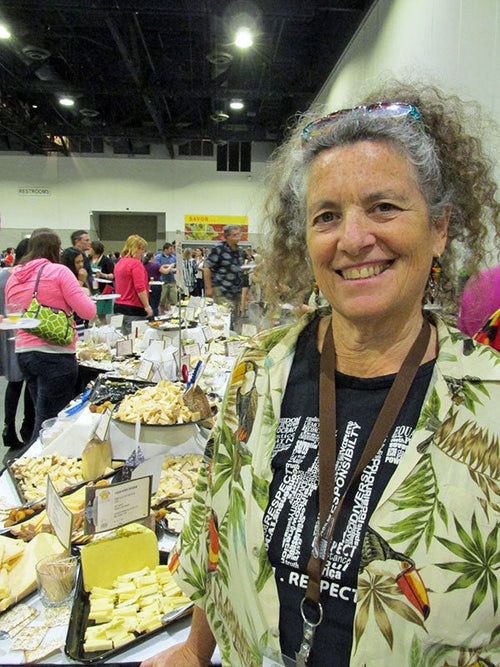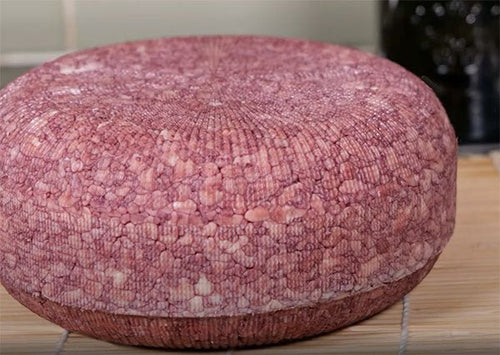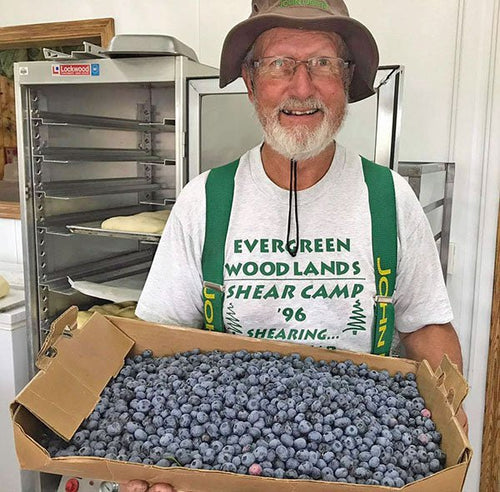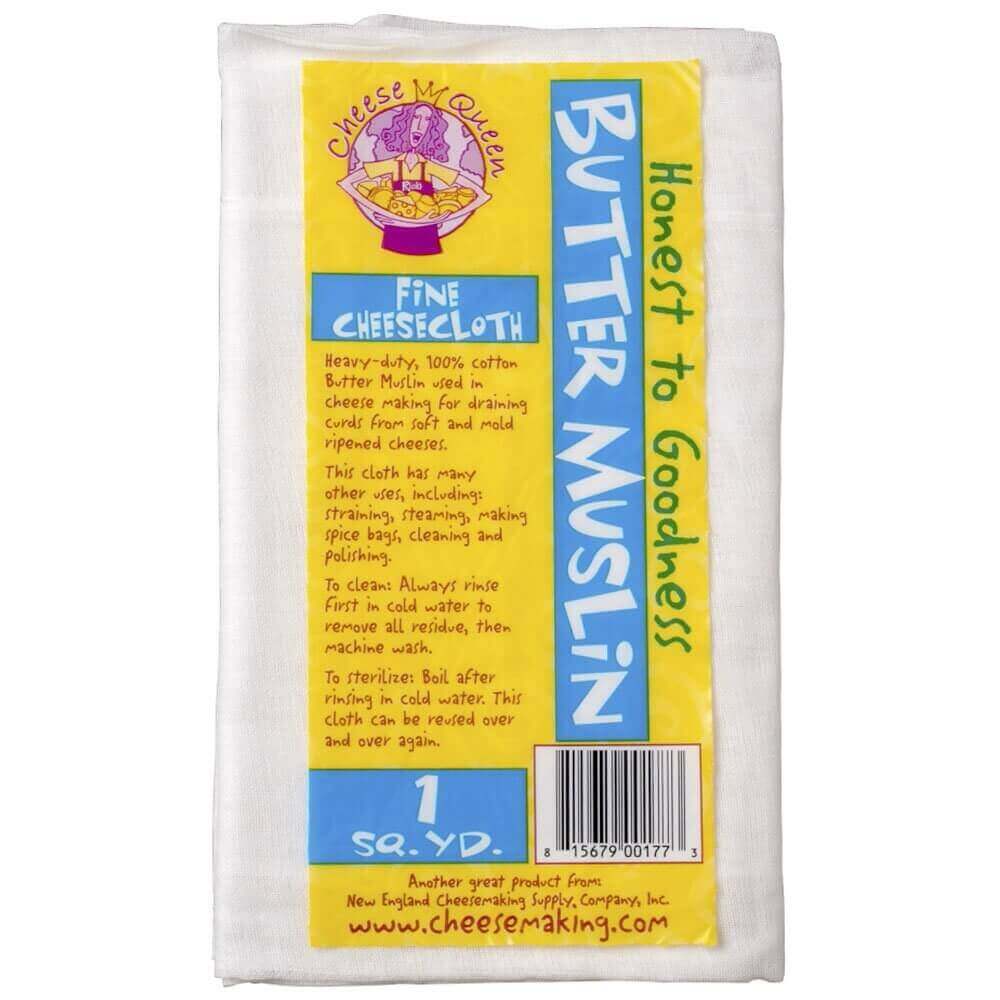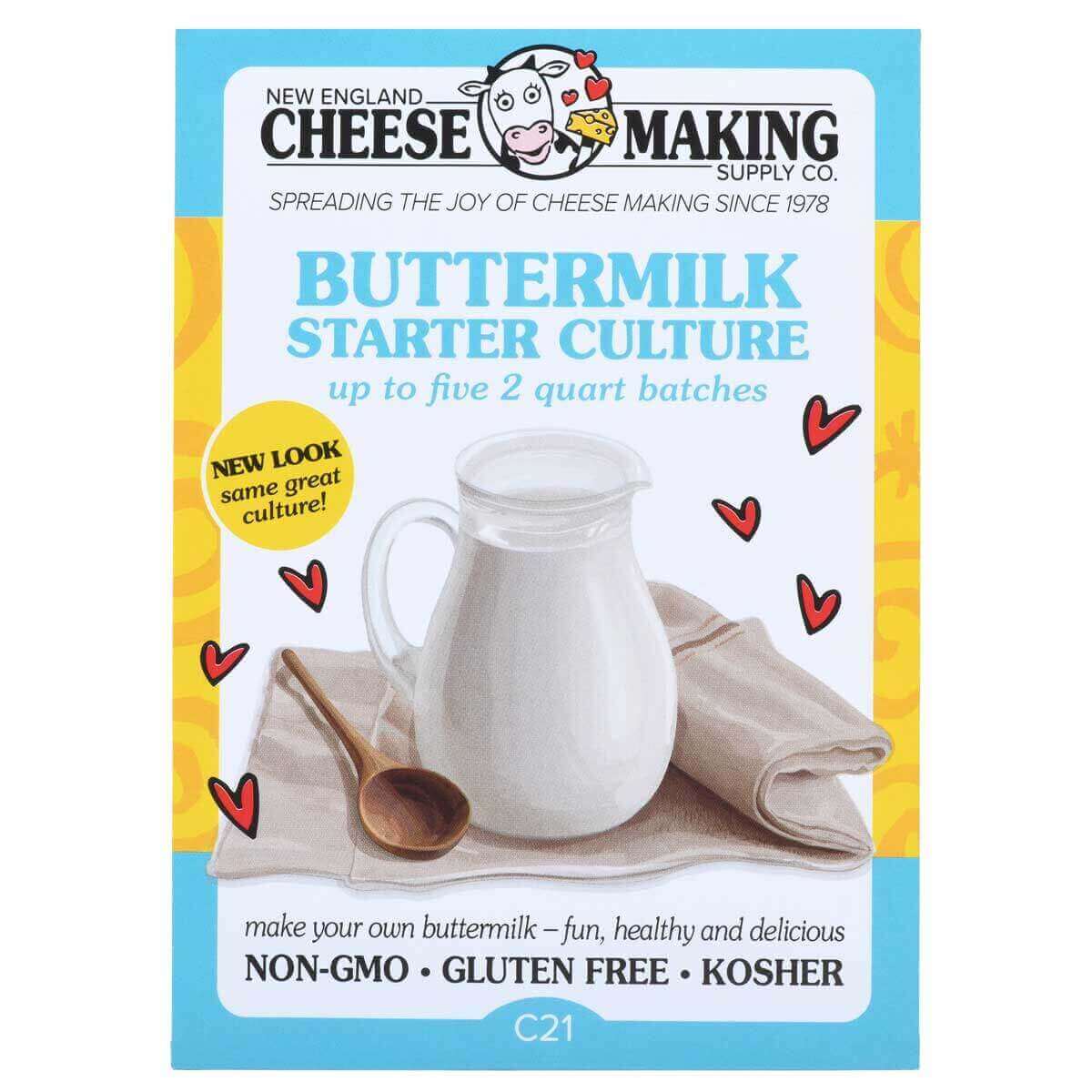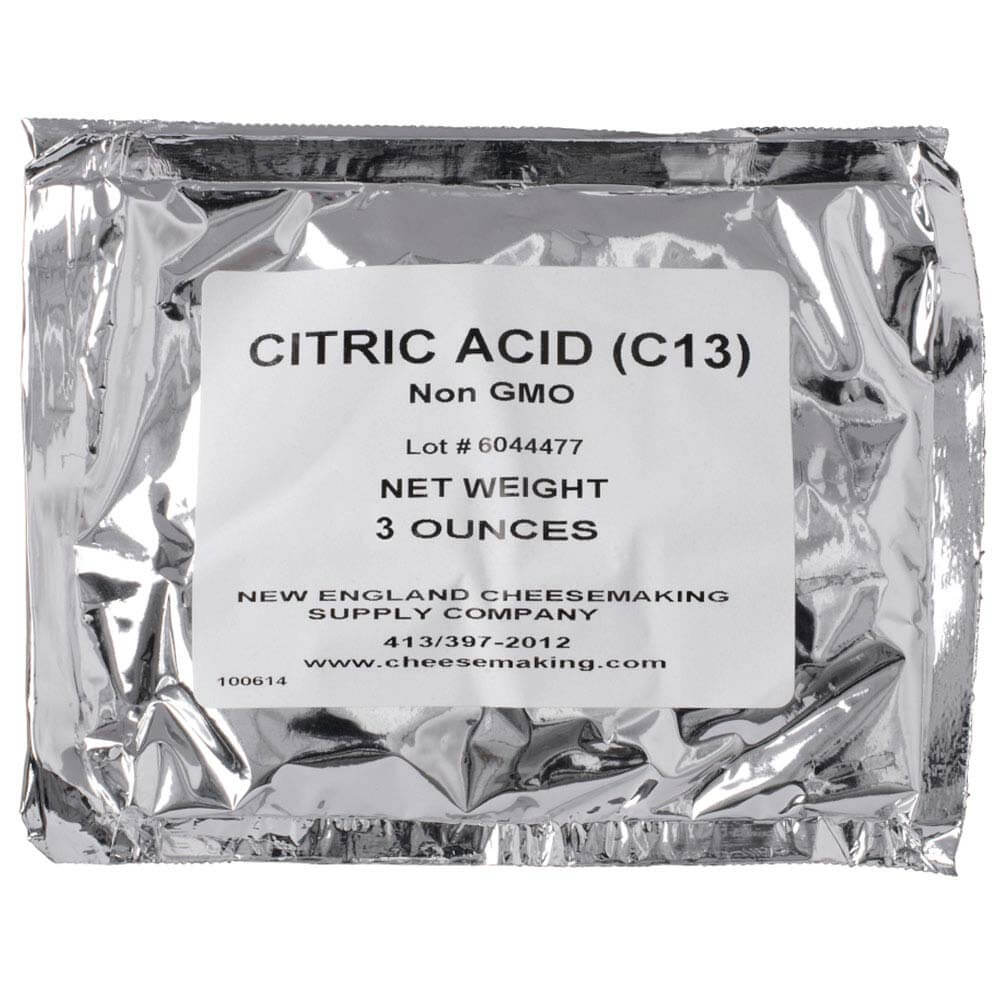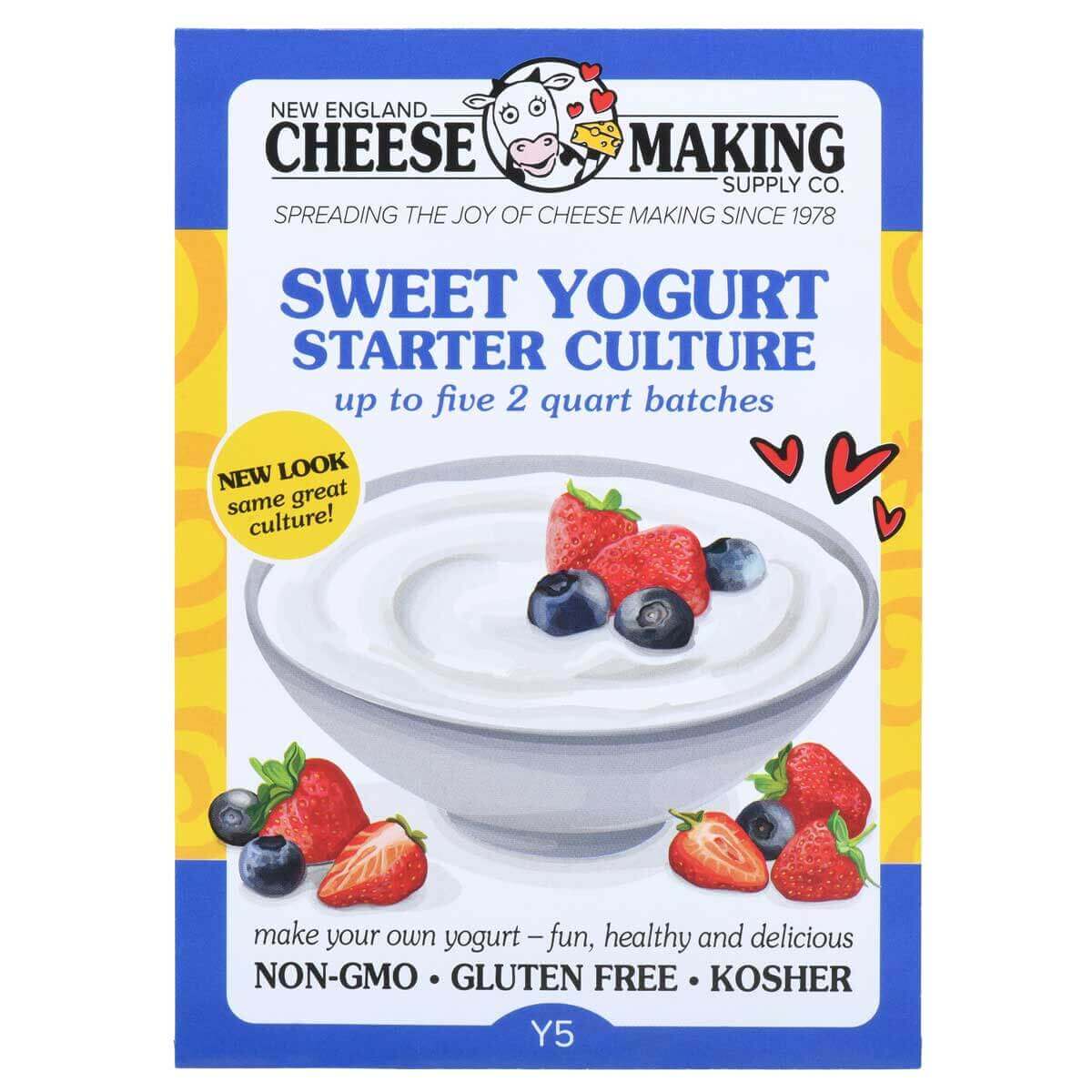Whats New at Cheesemaking.com
With all the great new improvements and changes here at New England Cheese Making Supply, we are constantly trying to improve contact with our customers and keep folks current with what is happening here. This has evolved into a great News Letter that we are currently trying to get out to you on a much more frequent basis. You will find lots of new information on our website to help you become a better cheese maker, plus some very interesting feed back from others like yourself who like to share their excitement.
Take a look at our website for more details on:
- Detailed recipes to inspire
- How to tips to ease the learning curve
- Visits with cheese makers around the world
- Travels to see cheese being made in other parts of the world
- Plus much more
"The Surprising Story of Milk Through the Ages"
A food lover's guide to milk combines a culinary history that traces the popularity of milk in the human diet, the dietary applications of both fresh milk and fermented milk products, and the development of the modern-day dairy industry with more than 120 recipes from around the world.
Mendelson then takes us on a journey through the lands that traditionally only consumed milk fresh from the cow, what she calls the Northwestern Cow Belt (northern Europe, Great Britain, North America). She shows us how milk reached such prominence in our diet in the nineteenth century that it led to the current practice of over breeding cows and over processing dairy products. Her lucid explanation of the chemical intricacies of milk and the simple home experiments she encourages us to try are a revelation of how pure milk products should really taste.
368 pages, Hardcopy $27.95
by Anne Mendelso
Cheese Making Questions & Answers
Making Butter? Rescuing moldy cheese? Heating milk?
Q. Can you tell me how to make cultured butter and what culture(s) I would use? When I lived in Florida we were able to purchase a Danish cultured butter There is no such thing here in Virginia.
A. Yes, adding a bit of our C101 culture to some fresh cream and let it ripen 4-12 hrs (depending on how much character you are looking for). Add 1/8 tsp to 1 qt of fresh cream and let it ripen at 72F then chill overnight. Your next step is to simply place it in the blender at a low speed (I use stir on mine) until the fat and whey (water) separates. Pour off the liquid and remove the solid butter to a clean bowl and fill with fresh cool water. With a wooden spoon knead the butter until the water is cloudy then pour off and add fresh cool water and repeat until the water remains clear. Add a pinch of salt as desired and form into your final shape. I find that just spinning it in the bowl works great.
Q. I tried to make cheddar, twice. Oops is all I can say. The first one molded badly and the second one was crumbly and now I find that it's molding too. I used the goat milk recipe. I may have let it come up to temp too fast towards the end. I am leaving it out to dry in the basement - bad idea? I so wanted to have some cheese for June 16th - our farm dedication, but this cheddar is kicking my backside. I do have all kinds of tupperware to put it in - is it the basement? Can I cure it in the tupperware? And, how soon after drying should I wax?
A. Mold is ever present and any cheese left to it's own coarse will develop a thick furry coat of mold. So, something needs to be done, either wax the cheese or spend the time to develop a natural rind. Waxing should be taking place within 3 -4 days of making the cheese so efforts need to be taken to get the surface to dry down a bit.
Now, for the cheese at hand, brush as much of that mold off as possible (outside) then wet the surface well with brine for about 10-15 min, then using a soft brush scrub the remaining molds away and let this dry off a bit. The cheese should clean up ok but may have a little discoloration left by the molds just wipe them off with a bit of vinegar and water and dry off again.
If you have a lot of openings in the surface mold will be harder to remove.
If you plan to use this soon a coat of olive oil rubbed in well will present a nice appearance.
Q. The most challenging part of cheese making for me is "raising the temperature" incrementally, according to each recipe. Are there any suggestions for controlling this aspect of the process? My curd seems to zoom up, sit and go nowhere, or, at the very least, has a rather ragged process. Surely, there must be something I'm missing. Would appreciate your suggestions.
A. The simplest method I have found to maintain temperatures is to start your day with a big kettle of water at the boil. This will also be useful for sanitizing instruments as you go as well as your cheese pot.
Pour your cold milk into the sanitized cheese pot and place the cheese pot in the sink. Then fill your sink with the hottest water you have from the tap. Stir your milk and watch the temperature. As the water bath cools add some of your boiling water to keep it up and try to keep it about 10-15F warmer than the target temp. As you approach the target temperature then reduce the temperature differential between the milk and water bath. The same thing applies to scalding or cooking the curds.
Have a cheese making question, we're here for you: info@cheesemaking.com
News From Fellow Cheese Makers
The Poet In Us
Oh, the joys of cheese making, it seems to affect folks in different ways. Michael Kohlman has gone poet on us with a fine work of poetic humor "Cutting The Cheese". Mike maintains his portfolio at FanStory.com, under the member name.
Mike K2
Cutting the Cheese
For Christmas I decided to make everyone varieties of cheese. I didn't realize what an ordeal; they better damn well be pleased.
First I had to create a three gallon double broiler. I'm glad that I live alone as the mess would roil her.
Not buying for over a year, a single gallon of milk. Needing over thirty gallons, that expense was hard felt.
There are plenty of types to make, "A good Recipe Book!" But when do you dump the wheywith this one, "God they mistook!"
Bacteria, yeasts, rennets and mold cultures were bought by me. I hope the freezer doesn't get a visit from Homeland Security.
Culturing, curding, cooking, cheddaring, pressing, drying, brining and finally aging.
One stupid mistake somewhere along that line will get anger raging. You also have the need to use a thermometer, I have three. My favorite is super precise and even included the battery.
Yep! There are no shortcuts, so you have to walk the line. Expect to use up a full day or two, having to take your time. It's internationally illegal to call a cheese by its real name. I'll add mine and the word, "style," to stay in the game.
Your curds are in the press, don't forget to save the whey. You can use it to make a second cheese during that day!
I would also save a couple of cups of that whey for you! We'll use it instead of water for hot chocolate and yell, "YooHoo!" Half of that is letting time work magic, but your arm will be whirring. The other half is doing nothing but constant, incessant stirring.
There just isn't enough time for the aging process I fear. I know! I'll label the cheeses so they can eat it throughout the year!
A Farm Market looking for a cheese maker
Dear Ricki,
I recently read about you in Barbara Kingsolver's book and wanted to contact you about a cheese issue I have.
We have just finished a very successful first year's market season here in Dedham. We had a great array of produce and some meat. However, we have been rooting around to no avail for a local cheese vendor in Mass. There is a lot of appetite here for cheese and we would love to add it next year, even if a vendor could not attend market every week.
If you could suggest any names or numbers of likely vendors, we'd be grateful to hear from you. Alternatively, if you could help us get the word out that we are looking for a cheesy connection, that would be a help.
Many thanks in advance for any assistance you can give us!
Louise
Cheese making from whey "down under"
Becky Heydemann
Lead Baker
Mcmurdo Station, Antarctica
Hi! I am currently Lead Baker at MCMurdo Station, Antarctica. I have been working on making a useable cottage cheese from dried milk, mixed double strength, since in about 6 weeks there won't be any fresh milk available until next August. If you have any tips or ideas I would love to have them. Alas, I left my copy of Home Cheesemaking at home, so I'm sort of winging it with times and temperatures.
I have no trouble with great paneer, but I'm not managing to get a good clean break in my curds for cottage cheese. Also, I was unable to get a culture to use as a liquid culture that I can keep going over the winter-is there a way to use a powdered starter to create a culture when the only instructions on the packet are for use with 10 liters of milk?
Thanks for your time.
Becky, using the NFDryMilk w/ no cream should work for cottage cheese but with no cream it will be very dry. You will also need some Calcium Chloride to help the reconstituted milk from a good curd .. any of our powdered DVI cultures can work as re-culturable starters but not the best for this. The Flora Danica might be a good choice however. When using them just use a proportionate amount to the milk you have.
Please send your cheese making news & photos to: moosletter@cheesemaking.com
















